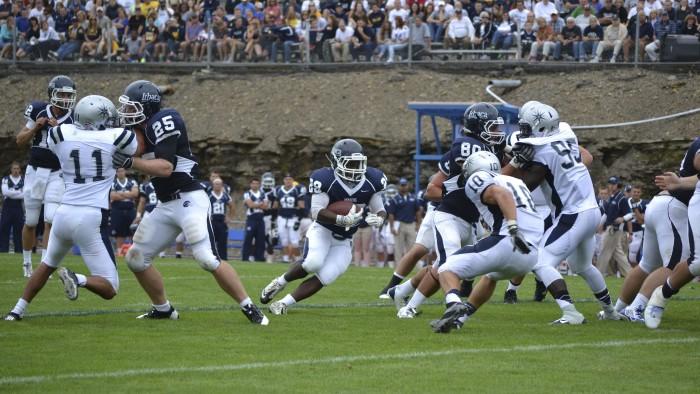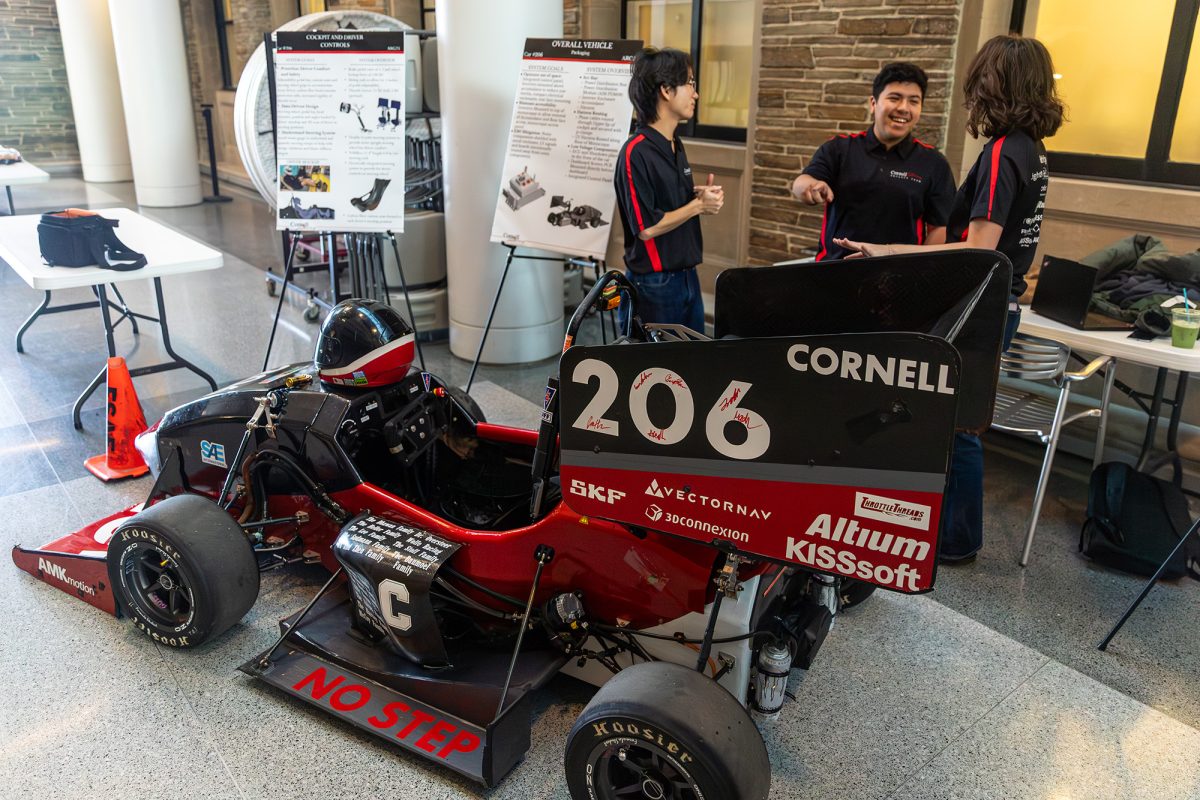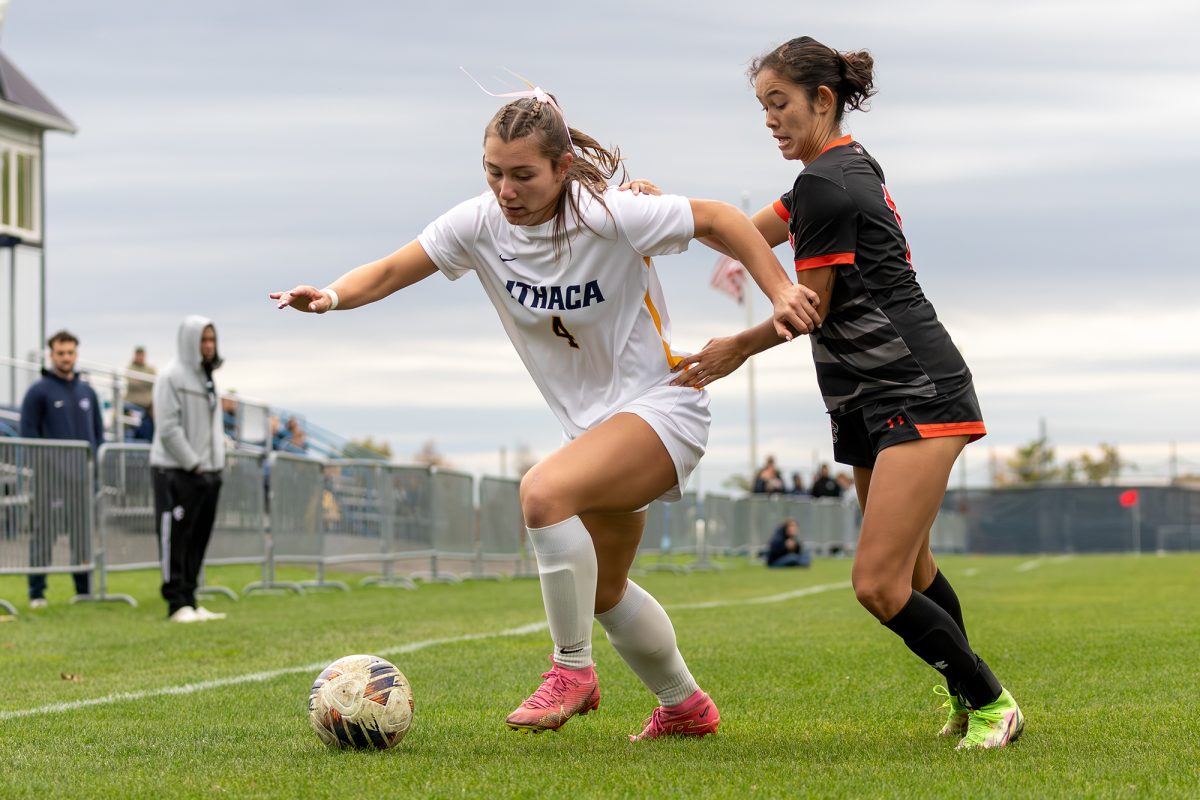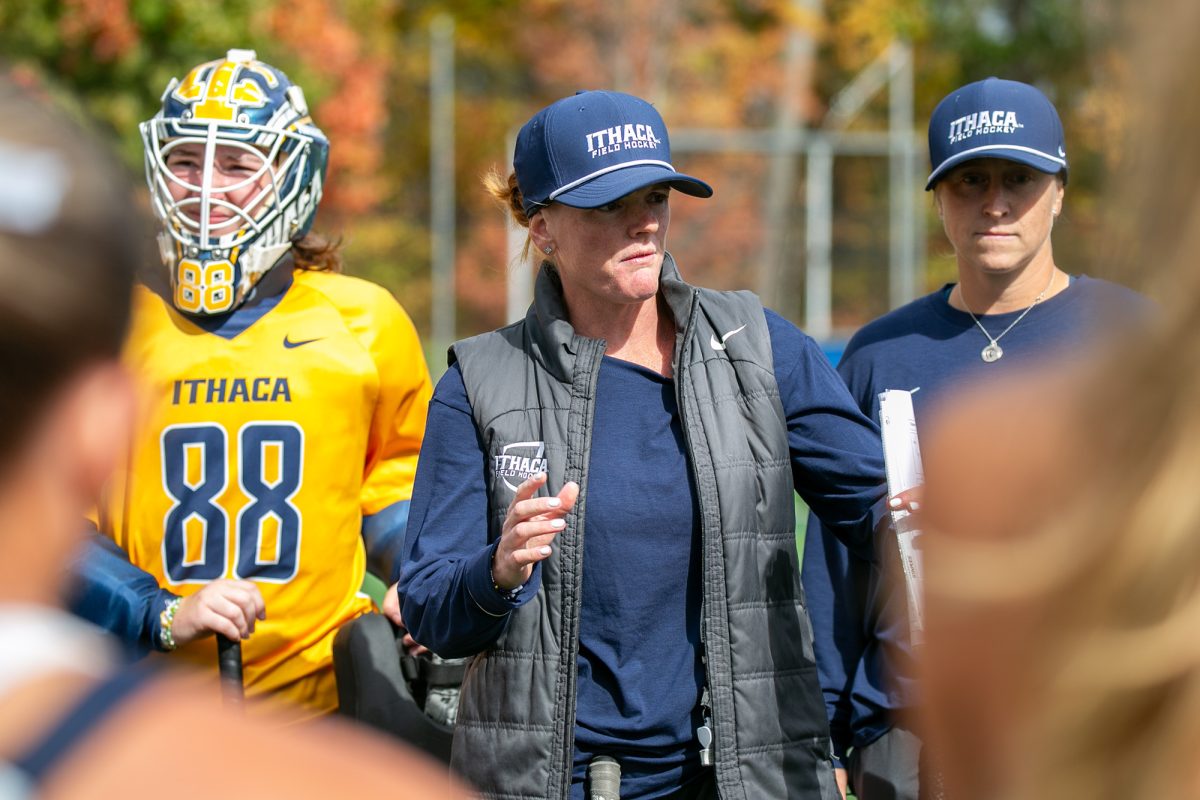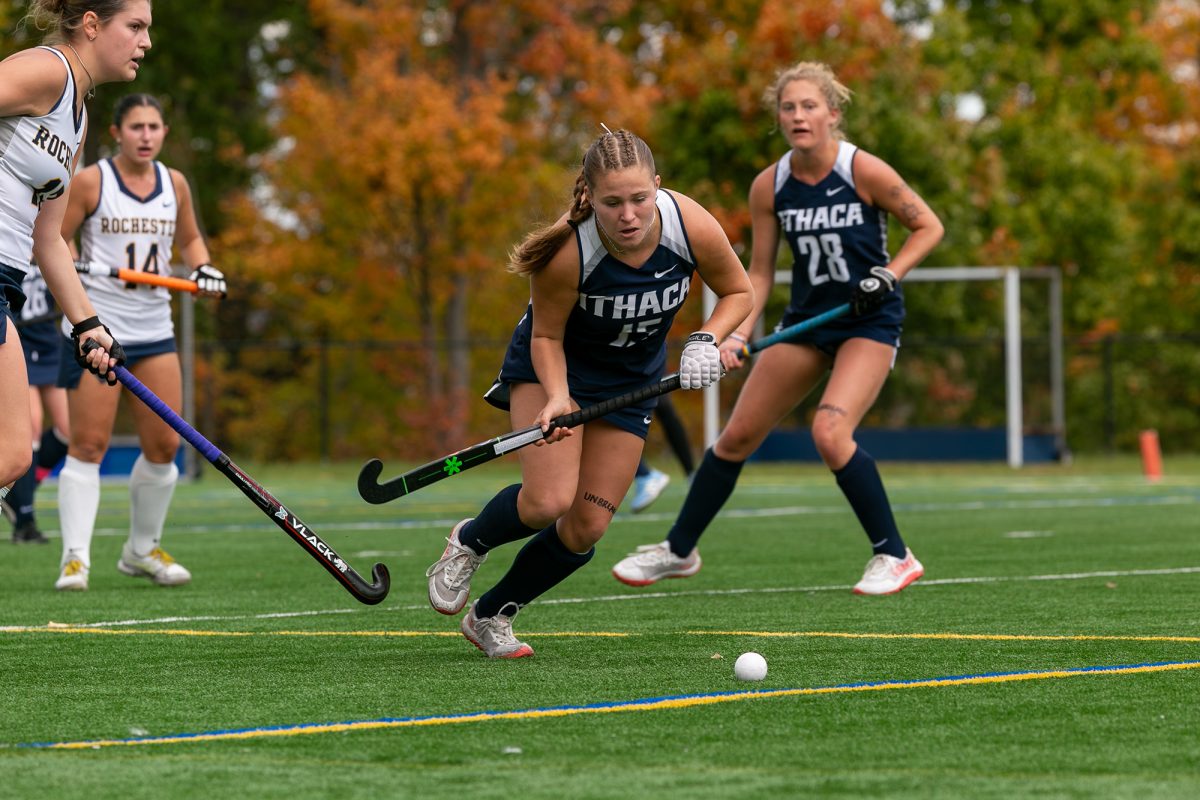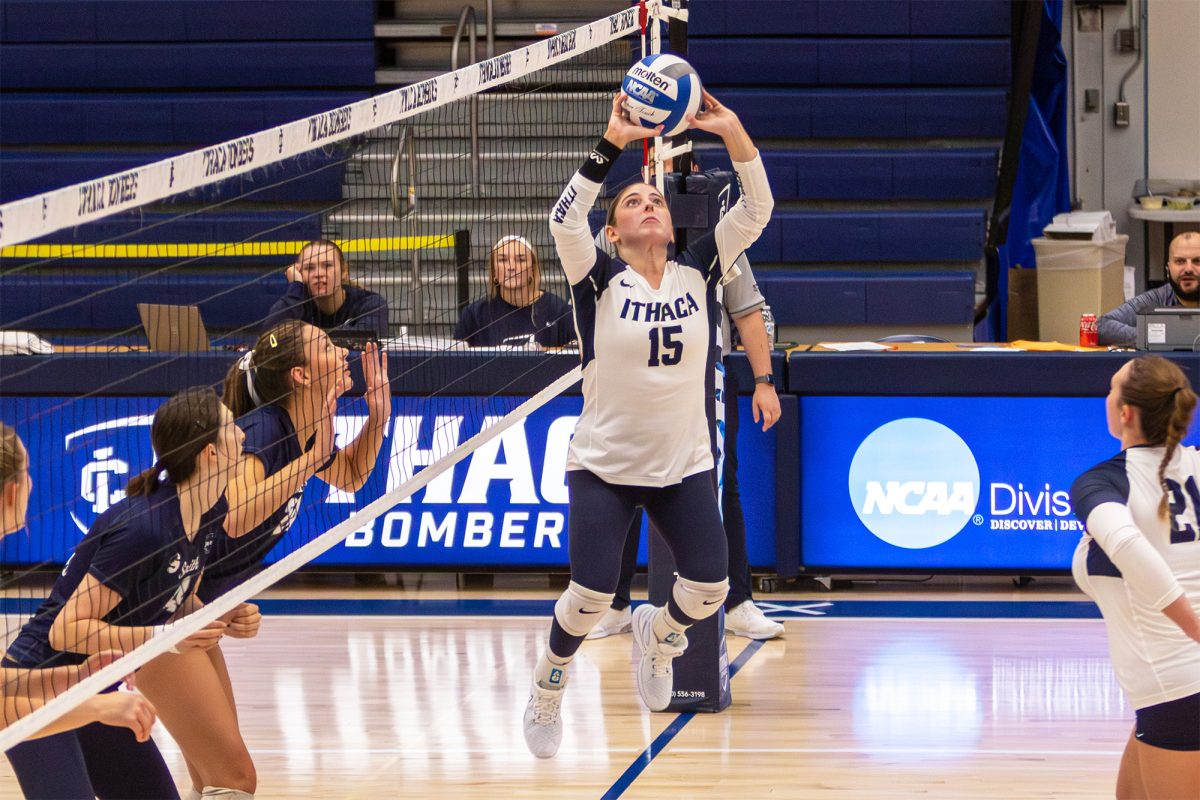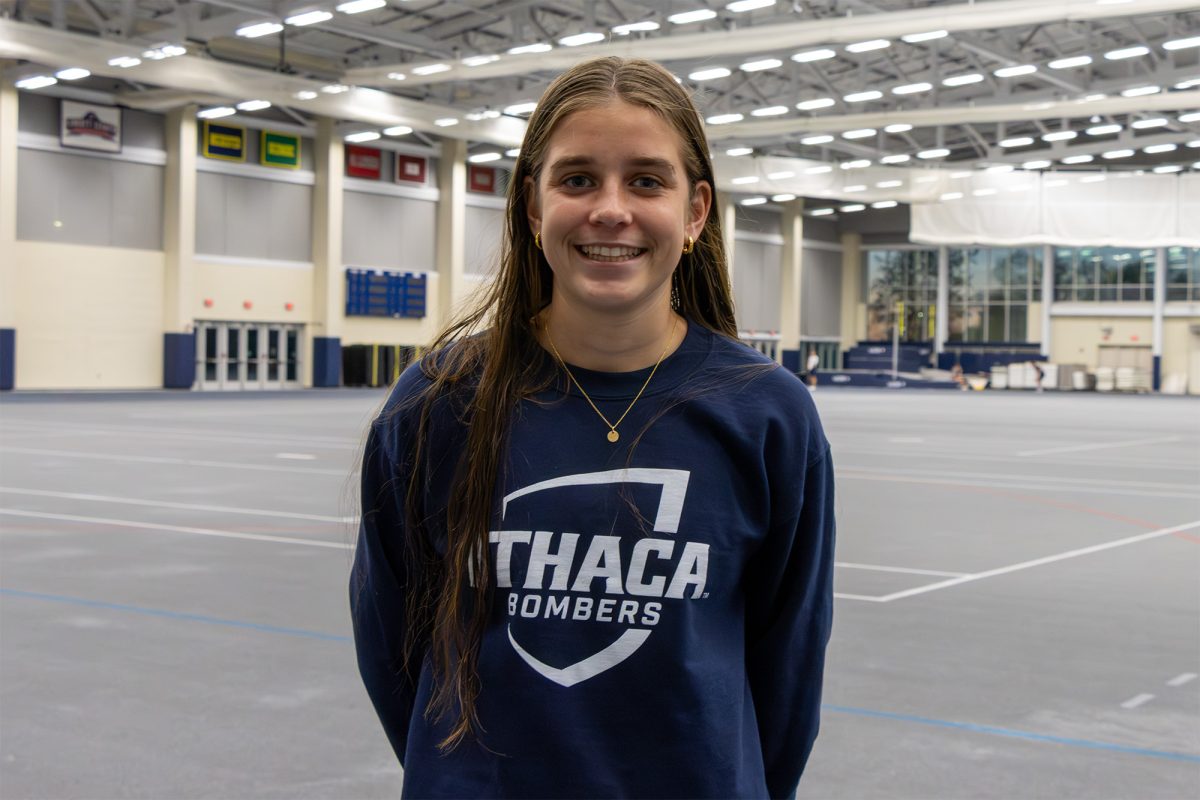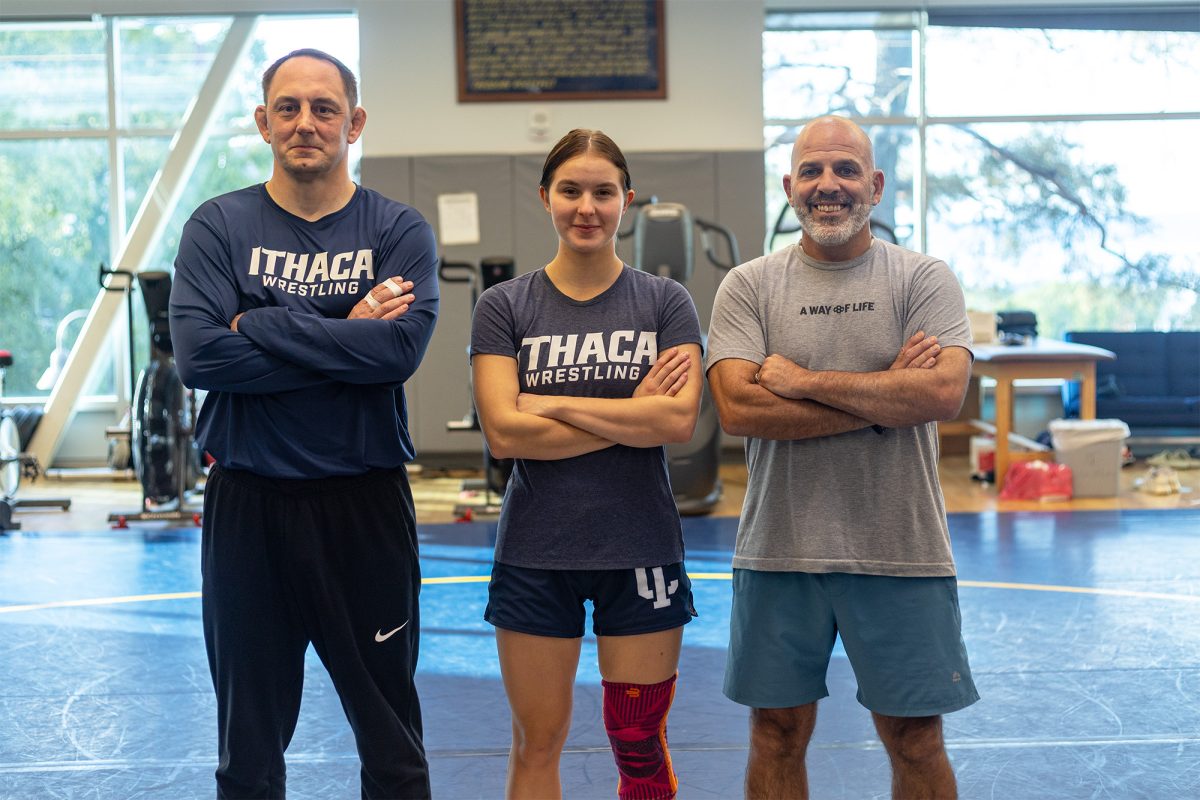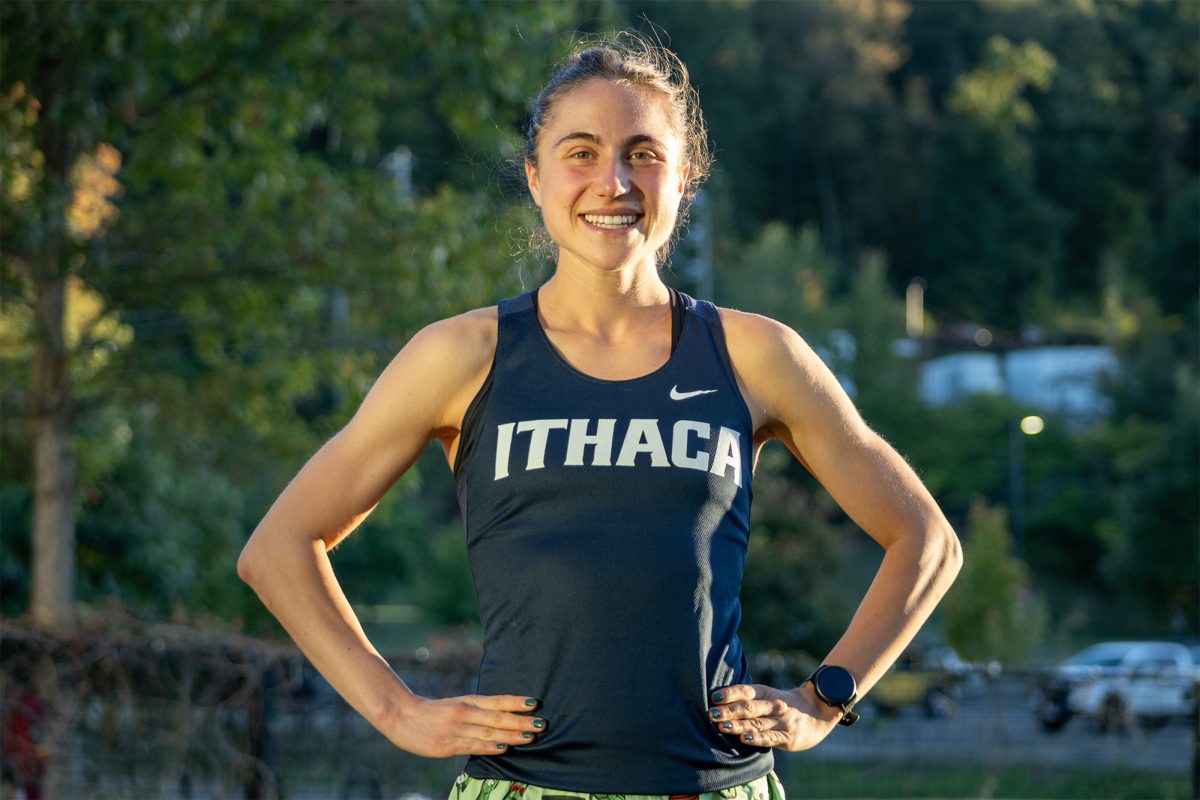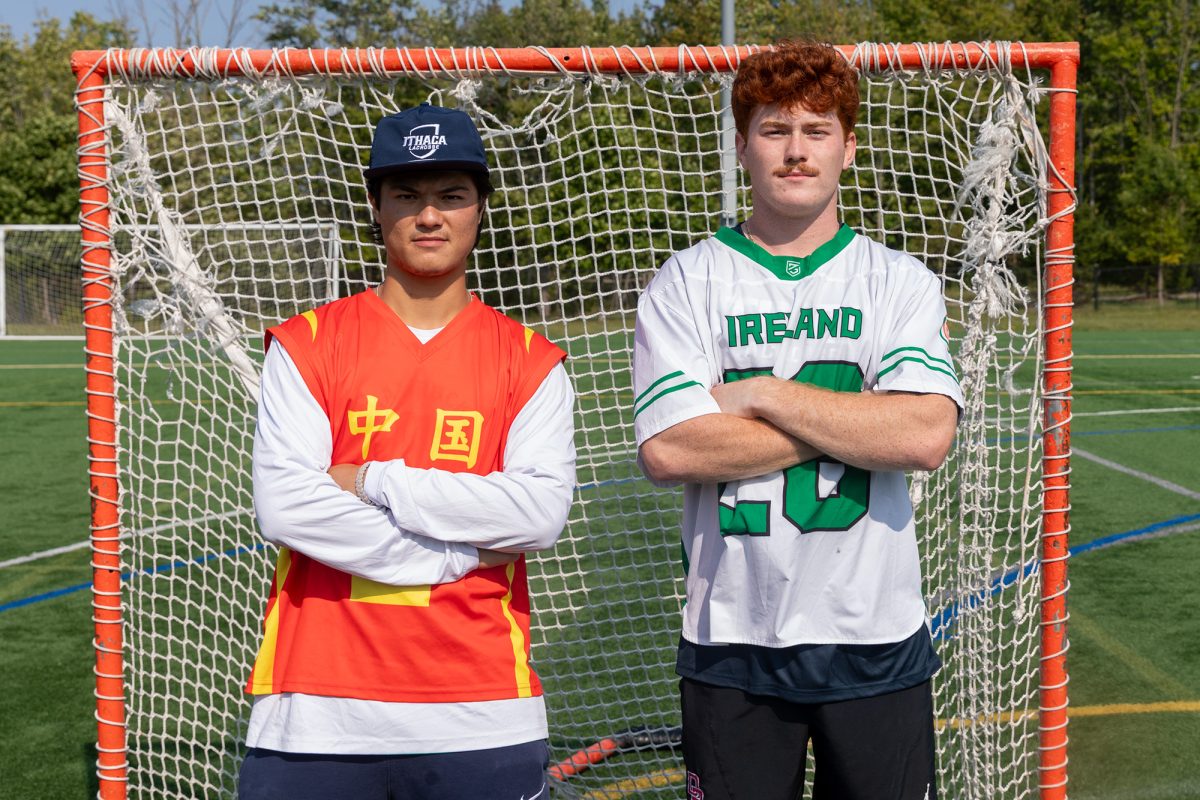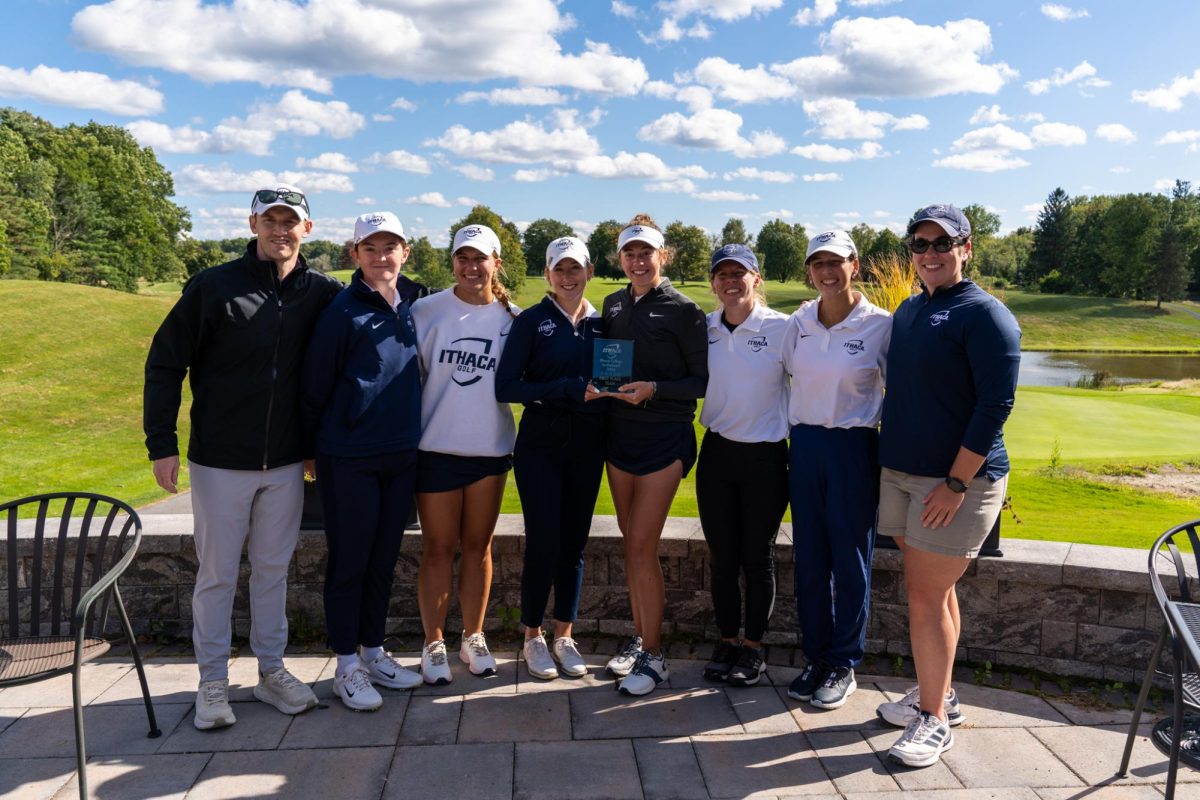The No. 24-ranked football team (9–2) will travel to No. 15-ranked Wesley College in the second round of the NCAA tournament at noon Saturday in Dover, Del.
An At-Large Opponent Catches a Break
For the second straight week, the Bombers will face an opponent that qualified for the NCAA tournament as an at-large team. The Wolverines, competing as an independent, finished the regular season 8–2 and earned a tournament spot. They are making their ninth consecutive tournament appearance, which is the third longest active streak in Division III. The Wolverines also have made three consecutive semifinals from 2009–2011.
This year’s Wolverines squad is not as good as the one that was one game short of reaching the Stagg Bowl in 2011, but it still has an impressive resume. Wesley defeated Division I Football Championship Subdivision opponent UNC Charlotte — a team playing its first season of varsity football. However, the Wolverines finished the regular season ranked fourth in the South Region and played away at Johns Hopkins University against the Blue Jays. The reason the NCAA granted Wesley a home game is ambiguous at best, and Wolverines head coach Mike Drass dodged the topic when he was asked. He said he tries to avoid figuring out how the selection committee sorts out the teams.
Whether or not the Bombers got the short end of the stick is a personal opinion but strong opinions like that are the byproduct of the selection committee’s ambiguity.
Stop Stuttering
Now with ambiguity out of the way, here is something more apparent: the South Hill squad’s offense needs to be more consistent. The three running backs the Bombers used on Nov. 23 against the Framingham State University Rams combined for 35 yards on 25 carries. Freshman running back Evan Skea suffered a minor shoulder injury and did not play in the second half. Head coach Mike Welch said Skea will be available to play, and he will continue to give each running back some time.
This decision is probably the best move for Welch because Skea, senior running back Rakim Jones and junior running back Tommy Padula have all performed well at different points in the season. However, when Welch rotated each of the running backs last week, they all struggled. Jones lost a fumble on the Bombers’ first series and did not play again the rest of the first half.
The Blue and Gold running backs will face a solid Wolverines linebacking corps. Junior linebacker Sosthene Kapepula leads the Wolverines with 90 tackles. Juniors Jordan Wescott and Luke Maginnis have 84 and 60 tackles, respectively. Kapepula leads the team in tackles likely because he is the strong-side linebacker, meaning he plays on the side where the offense has the most players in its formation. This makes him the first player in position to make a defensive play.
But Wescott only has six fewer tackles than Kapepula because he is the weak-side linebacker, proving he can make plays on the backside and against offenses that run misdirection plays to the weak side of their formation.
Drass said Kapepula and Wescott’s experience has been foundational to the defense’s success this season.
“Sosthene and Jordan have each been with us the past couple of years,” Drass said. “They’re both great against run. Sosthene is pretty good against everything, and we’re fortunate to have three linebackers who are returning starters.”
Keep the Wolverines on the Ground
Sophomore quarterback Joe Callahan, who has thrown for more than 2,700 yards in 11 games, leads Wesley. Callahan tests the Bombers’ secondary early and often, as he attempted 30 or more passes in all but three of Wesley’s games this year. His preferred target is junior wide receiver Steve Koudossou, who has a team-leading 64 receptions this year.
Drass said Callahan has progressed throughout the season, his first as a starter.
“For any quarterback, the more reps you get, the better you’re going to be,” Drass said. “We feel that every time Joe steps on the field, he gets better and better.”
Last week against Hopkins, Koudossou had eight receptions for only 50 yards before gaining all 82 of Wesley’s yards on three receptions. This included the 33-yard game-winning touchdown reception with 13 seconds remaining in the fourth quarter.
Callahan and Koudossou can each be contained. Koudossou is not as much of a vertical threat as SUNY Cortland’s junior wide receiver John Babin was in the Cortaca Jug game Nov. 16. Koudossou had 82 yards with three receptions when the Blue Jays played a prevent defense that fell apart. Menlo College, a team that finished 5–5 competing in the National Association of Intercollegiate Athletics, limited him to 21 yards.
Callahan has thrown 12 interceptions and has been sacked 21 times this season. The Bombers’ defense has 14 interceptions and 20 sacks. The Bombers have a good matchup on defense but are preparing for the Wolverines to take shots down field. This tendency to throw deep is good for the Bombers because it can be a sign of their opponent’s desperation when the Wolverines cannot sustain possession. But it can be bad because of how Babin torched the South Hill squad.
The easiest way to prevent the deep pass is to rush the passer. It takes time for a receiver to run down the field and for the quarterback to set his feet and make the long throw. Callahan cannot make the long throw if he has a defender bearing down on him. Drass admitted the Wolverine offensive line has needed to improve all season.
“The team we have this year is a work in progress,” Drass said. “I really feel that we can be a very good team, but we’re not there yet.”
The Bombers’ defense will have opportunities to make plays. The best way to do this is by having their defensive line penetrate the backfield and pressure Callahan. If the Bombers can rush the passer consistently, they will force the Wolverines to keep their passes short. If the Blue and Gold can sustain a pass rush and have that linebacker play in coverage more often, they will negate the Wolverines’ biggest offensive threat and can start looking at hotel rates for next week.
Mount Union Faces its First Test
If the Bombers win, they will likely travel to the University of Mount Union. The only significant issue the Purple Raiders had in their first round against the Washington and Jefferson College Presidents on Nov. 23 was the weather. The Purple Raiders jumped out to a 28–13 halftime lead and were able to keep the Presidents at arms length, as the snow and wind intensified in Ohio. The Purple Raiders easily won the game 34–20, as junior quarterback Kevin Burke threw four touchdown passes.
Mount Union will face Wittenberg University, who defeated Lebanon Valley College 59–17 on Nov. 23. The Tigers have won 10 straight games, all of them by 18 or more points. Their lone defeat came against the Butler University Bulldogs, which are not only in the Football Championship Subdivision but also are in the playoffs.
Both teams have the ability to light up the scoreboard. But if the Tigers want to pull the upset, they need to keep the score down and have more time of possession. Their balanced offense makes this possible.
The winner of Mount Union and Wittenburg plays the winner of the game between the Bombers and Wolverines.
Follow @IthacanSports on Saturday for updates on the Bombers’ matchup with Wesley College.


